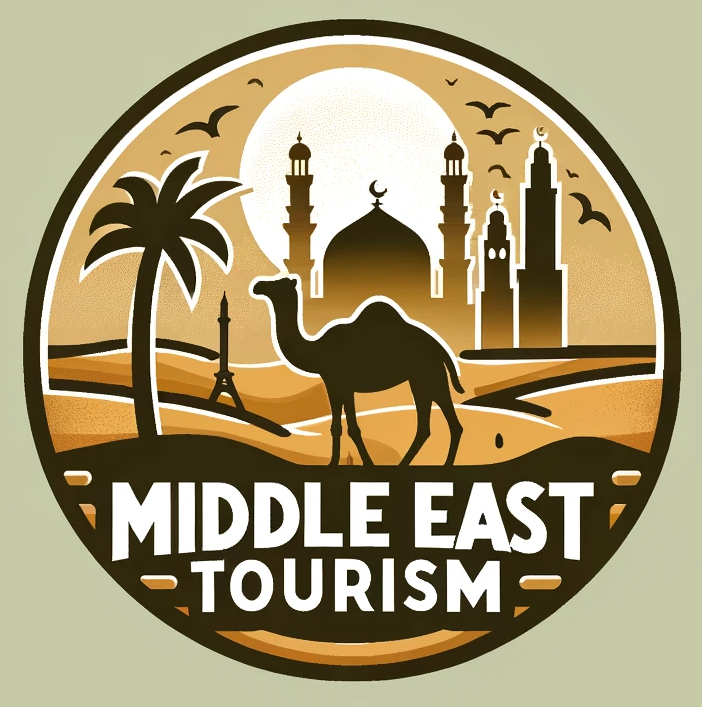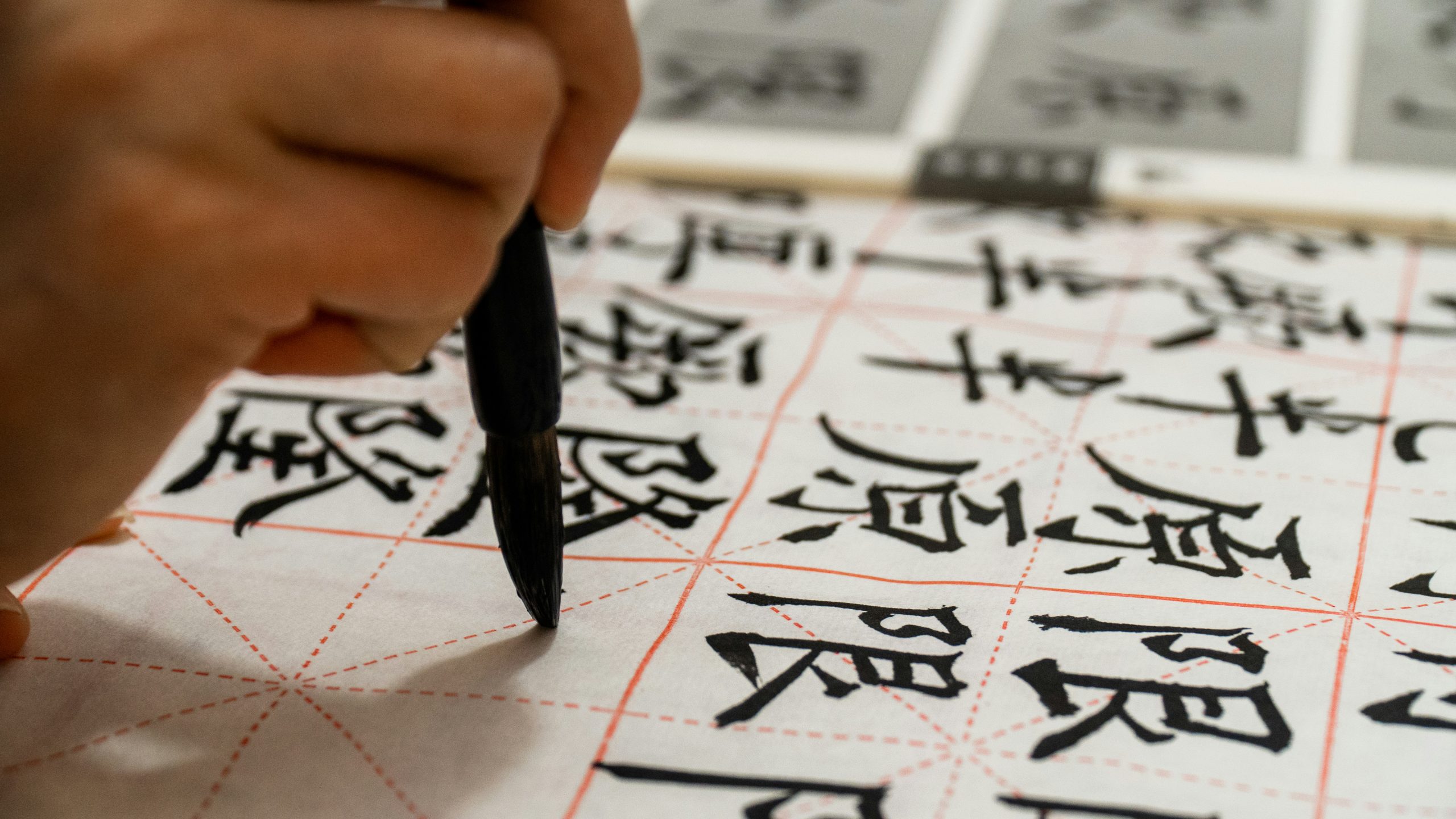Unveil the beauty and cultural depth of Middle Eastern Calligraphy in Art Tourism. Explore the captivating blend of tradition and artistry that creates a unique and immersive experience for art enthusiasts worldwide. Join us on a journey through the intricate strokes and profound symbolism of this ancient art form, and discover its impact on the vibrant world of tourism.
significance of Middle Eastern Calligraphy in Art Tourism
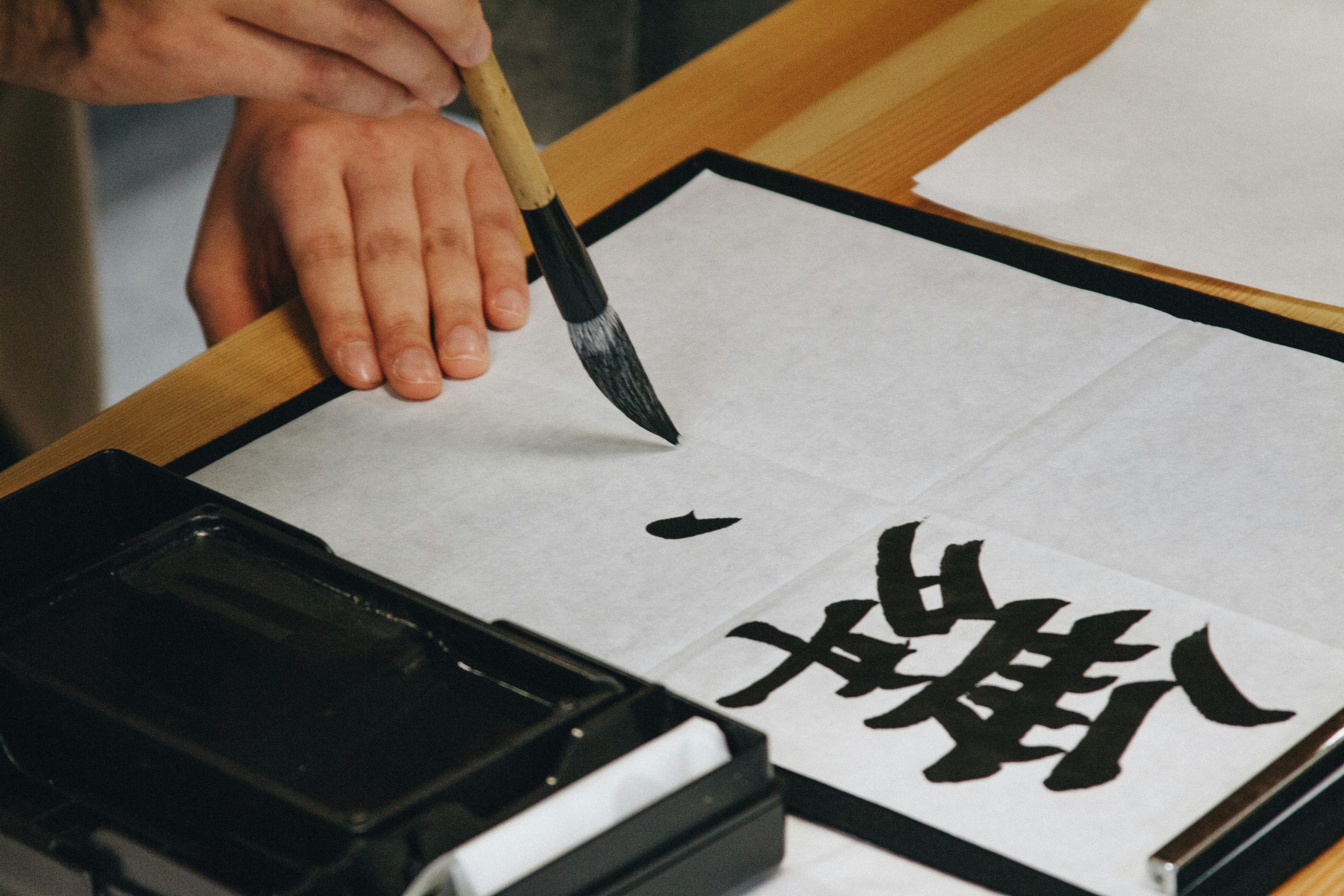
Middle Eastern calligraphy plays a significant role in attracting art tourists to the region. Let’s delve into the various aspects that make this art form a key driver in the realm of art tourism.
Celebrating Cultural Heritage
Middle Eastern calligraphy is deeply rooted in the region’s cultural heritage. With a rich history dating back centuries, the intricate and mesmerizing Arabic script serves as a visual representation of the region’s cultural identity. Art tourists are drawn to the unique blend of tradition and innovation found in Middle Eastern calligraphy, making it a must-see for those interested in exploring the cultural tapestry of the region.
Artistic Evolution and Innovation
In recent years, Middle Eastern calligraphy has witnessed a modern renaissance, blending traditional techniques with contemporary art forms. Exhibitions showcasing the fusion of calligraphy with other artistic mediums have garnered international acclaim, attracting art enthusiasts from around the globe. Artists are pushing the boundaries of calligraphy, reimagining its aesthetic to appeal to a diverse audience, including millennials and Gen Z travelers.
Experiencing Calligraphy in Urban Settings
Cities across the Middle East have embraced calligraphy as a form of urban art, with vibrant murals adorning public spaces and buildings. Tourists can immerse themselves in the beauty of calligraphy as they explore bustling city streets, blending the ancient art form with modern urban landscapes. From Cairo to Riyadh, the integration of calligraphy into urban design has transformed these cities into open-air galleries, enticing art tourists to discover the hidden gems of Middle Eastern artistry.
Preserving Traditional Techniques
While calligraphy evolves with the times, there is a concerted effort to preserve traditional techniques and honor the legacy of master calligraphers. Museums and galleries dedicated to calligraphy showcase rare manuscripts, tools, and artifacts, offering art tourists a unique glimpse into the craftsmanship behind this ancient art form. By preserving traditional techniques, the Middle East retains its cultural authenticity, attracting tourists who seek to connect with the region’s artistic legacy.
In conclusion, Middle Eastern calligraphy serves as a beacon for art tourism, offering a captivating blend of tradition, innovation, and cultural heritage. As this art form continues to evolve and adapt to contemporary tastes, it remains a vital component of the Middle East’s artistic landscape, enticing travelers to explore the intersection of art and culture in the region.
history and evolution of Middle Eastern calligraphy
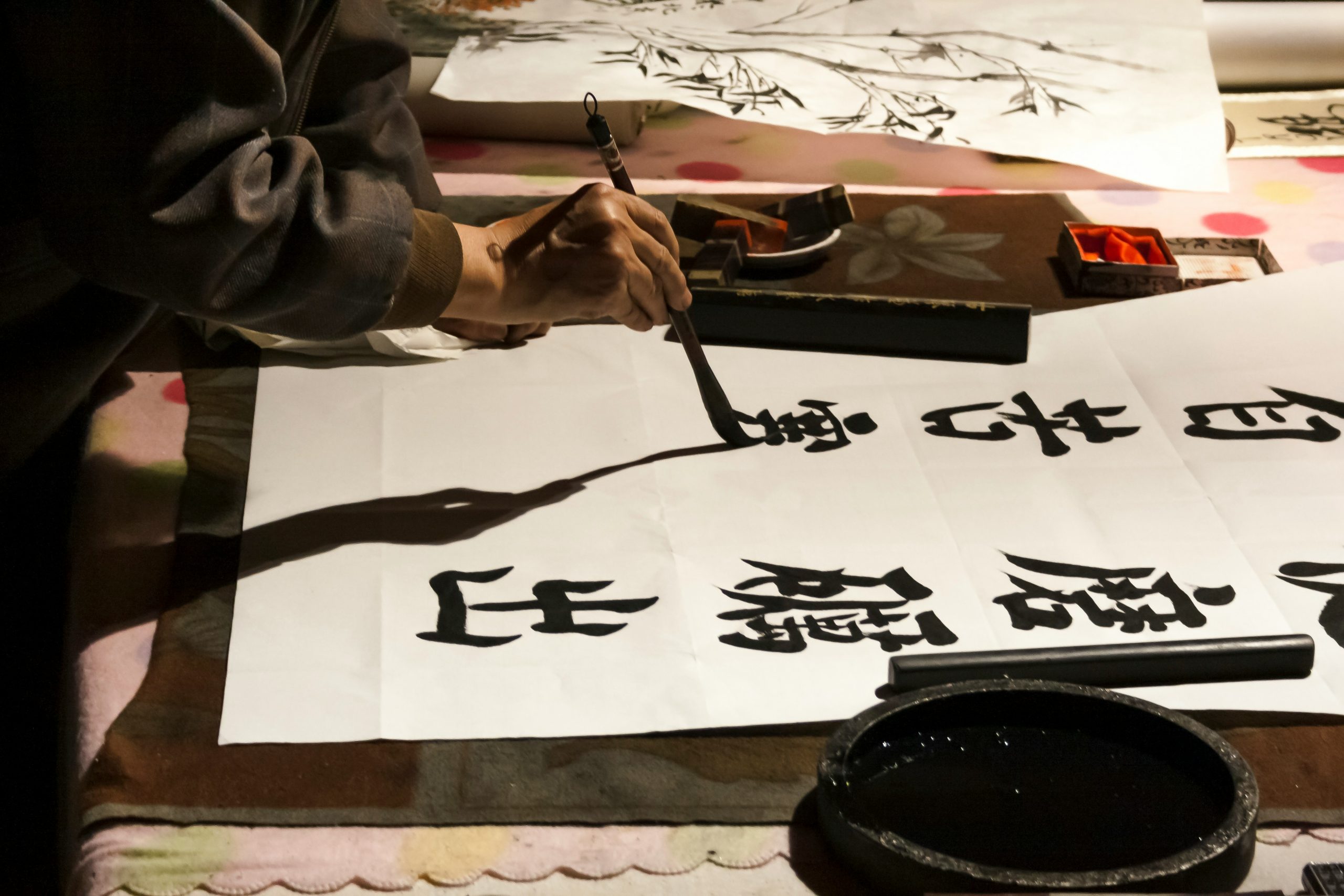
Throughout history, the art of calligraphy has held a prominent place in Middle Eastern culture, serving as a visual expression of beauty, spirituality, and tradition. The evolution of Middle Eastern calligraphy is a fascinating journey that reflects the region’s rich heritage and artistic prowess.
Inspiration from Islamic Art and Language
The roots of traditional Arabic calligraphy can be traced back to Islamic art and language, which have long been sources of inspiration for artists in the region. The intricate fusion of written Arabic script with artistic elements has given rise to a unique form of calligraphy that is both aesthetically pleasing and spiritually significant.
Arab Graphic Design Legacy
From street signs to Sindbad tales, the legacy of Arab graphic design has played a crucial role in shaping the development of calligraphy in the Middle East. This fusion of graphic design and traditional calligraphy has created visually striking artworks that captivate viewers and celebrate the cultural heritage of the region.
The Gulf as a Cultural Hub
In recent years, the Gulf region has emerged as a cultural hub, fostering the growth and appreciation of Arabic calligraphy. Initiatives such as Saudi Arabia’s Ithra Arabic calligraphy programs and Qatar Foundation’s exhibitions have showcased the beauty and significance of calligraphy, attracting art enthusiasts from around the world.
Preservation and Promotion
The Ministry of Culture’s ‘Scripts and Calligraphy: A Timeless Journey’ exhibition and Sharjah’s Arabic language project are notable initiatives aimed at preserving and promoting the art of calligraphy in the Middle East. These efforts highlight the importance of preserving cultural heritage and passing down traditional artistic practices to future generations.
Celebrating Arab Heritage
As seen in the new Emirates livery that celebrates Dubai airline’s Arab heritage, calligraphy continues to be a powerful symbol of cultural identity and pride in the Middle East. By incorporating calligraphic elements into modern designs, the region pays homage to its rich artistic legacy and showcases its continued relevance in contemporary art and design.
Overall, the history and evolution of Middle Eastern calligraphy serve as a testament to the enduring significance of this art form in the region. From its origins in Islamic art to its modern-day adaptations, calligraphy continues to captivate audiences and inspire artists, ensuring its legacy remains vibrant and relevant for years to come.
influence of Islamic culture on calligraphy
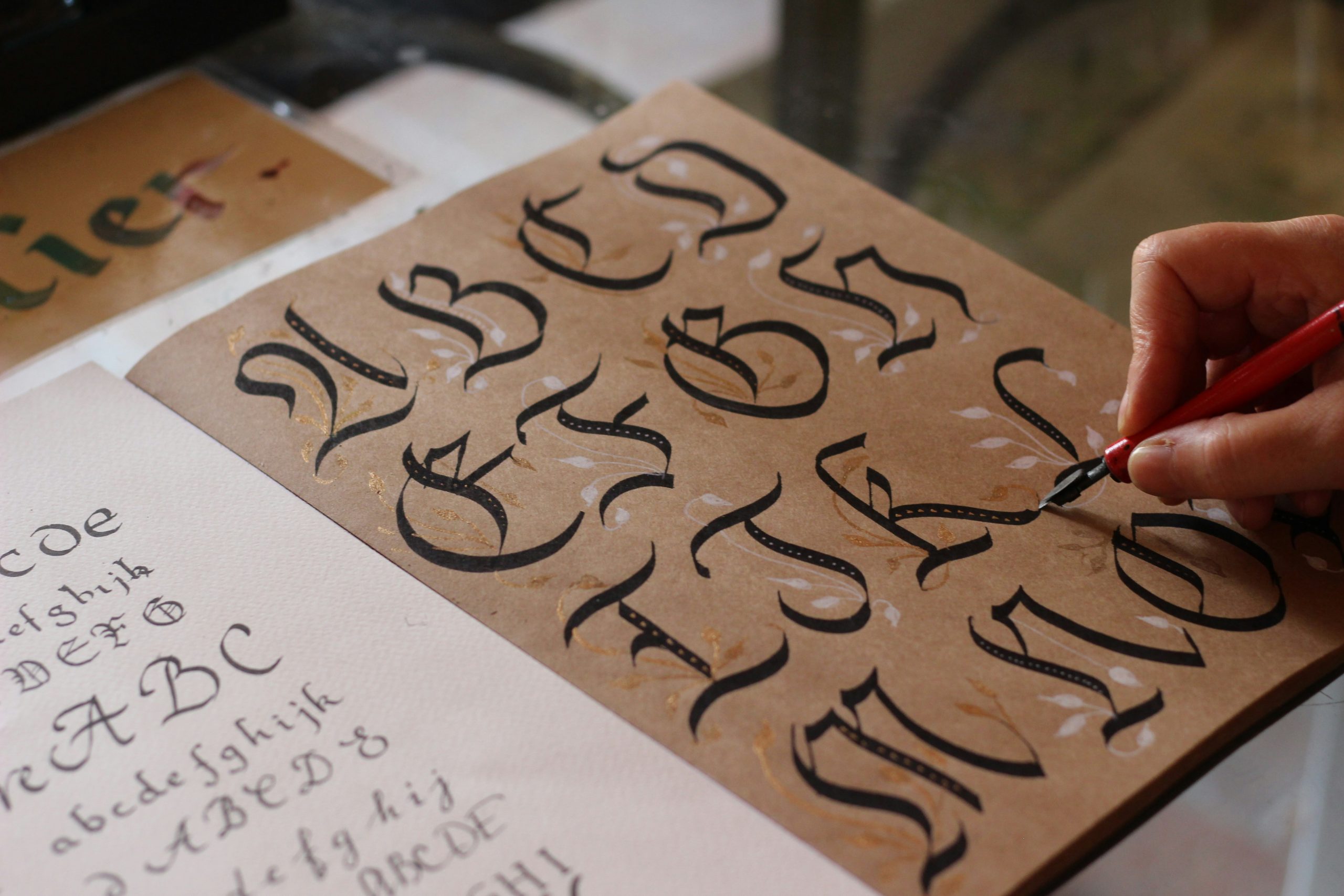
The art of calligraphy holds a significant place in Islamic culture, reflecting a deep connection to spirituality, history, and the Arabic language. Middle Eastern calligraphy, with its intricate designs and fluid strokes, is not only a form of expression but also a profound way to showcase the beauty of Islamic art and culture.
traditional arabic calligraphy: a cultural treasure
Traditional Arabic calligraphy is rooted in Islamic traditions, with its origins tracing back to the Qur’an, the holy book of Islam. The intricate designs and geometric patterns seen in Arabic calligraphy are not merely decorative but also hold symbolic meanings and spiritual significance. Calligraphers use various styles, such as Naskh, Thuluth, and Diwani, to create breathtaking works of art that adorn mosques, palaces, and manuscripts.
cross-cultural influences: the fusion of traditions
Middle Eastern calligraphy has not only influenced Islamic art but has also been influenced by various cultures and traditions. The exchange of artistic ideas between regions has led to the development of unique styles, such as the blending of Arab and African cultures in Sudanese calligraphy or the reimagining of Arabic calligraphy by Japanese artist Fuad Honda. This cross-cultural exchange enriches the art form and showcases the diversity and beauty of calligraphy.
contemporary reimaginings: arabic calligraphy in the modern world
In today’s globalized world, Arabic calligraphy has transcended borders and flourished in unexpected places, such as the West and Far East. Artists like Haji Noor Deen and Ahmed Shibrain continue to push the boundaries of traditional calligraphy, bringing new perspectives and innovations to the art form. The fusion of traditional techniques with modern styles has captivated audiences worldwide, highlighting the enduring appeal and relevance of Arabic calligraphy in the contemporary art scene.
preserving heritage: the legacy of arabic calligraphy
As we unveil the legacy of Arabic calligraphy in different regions, from the Middle East to Africa and Asia, we recognize its enduring impact on artistic expression and cultural identity. Through exhibitions, workshops, and educational initiatives, artists and scholars strive to preserve and promote the rich heritage of Middle Eastern calligraphy, ensuring that future generations continue to appreciate and engage with this profound art form.
By exploring the influence of Islamic culture on Middle Eastern calligraphy, we gain a deeper understanding of the symbiotic relationship between art, language, and spirituality. It is through the intricate strokes and symbolic meanings of Arabic calligraphy that we connect with the rich traditions and values of Islamic heritage, transcending time and borders to create a universal language of beauty and harmony.
